Walking the woods is a favorite activity for many of us forest wanderers. We go in search of different things. Some of us look for wild herbs that we might use and flowers to appreciate and take delight in. Others look for trails of animals and their tracks, for better hunting when that time comes. Regardless of your reason to take that walk in the woods, keep your senses aware as you never know what you’ll find.
A few weeks back I spoke with a land manager at a local park. He was more than a little disgusted by the work performed by people over a year ago when an extra large drainage pipe was installed at the creek, without apparent need for it. Although the installation of the pipe seemed to be ok, we may never know as the size of pipe installed wasn’t warranted by the water flow of the creek – the pipe is just too big for the location.
During the drainage pipe installation no care was taken to protect the plants that naturally come up in this area. The land manager told me there were a handful of showy orchis – orchids – that were destroyed in the laying of the pipe. He had known of three plants that used to appear in the area where gravel had been laid during the pipe installation.
Hearing the news that the only known plants in the whole park were now under a bed of gravel, I had little hope of finding showy orchis at the park. Even so, I took a little extra time combing the area adjacent to the place where the showy orchis used to appear. The efforts were worth the time as I did find three little beauties – what a pleasant surprise!
Showy orchis, a member of the Orchid family, is probably one of the most common orchids in Pennsylvania. Something about orchids makes them seem rare and mysterious. We do have orchids here in the temperate zone, but many more kinds of orchids grow in more tropical locales. The orchids are noted for their odd flowers and many are cultivated by true afficinados.
So, what does showy orchis look like? Two basal leaves lie opposite one another, while the flower stem has smaller, oval-shaped ‘leaves’ that are pointed on the end. Basal leaves are broadly oval and may be slightly pointed to blunt-ended. One to five prominent veins are visible on the thick leaves.
A succulent flower stem rises up from the middle of the two basal leaves. Along the flower stem are what appear to be several smaller leaves, each having a single flower in the leaf axil. These small leaves associated with individual flowers are more properly called bracts. The presence of flower bracts can be used as an identifying feature of showy orchis as several related species do not have flower bracts.
Flowers are bicolored in white and light pink to magenta. Petals and sepals are fused to make a flower with only two petals and a spur. The broad, wavy-edged lower lip petal and long spur are white. The smooth-edged upper petal which forms a hood is usually somewhat pink to darker pink or magenta, but sometimes it appears to be white making an all white flower.
Photos here were a little too early to capture the flowers open. When opened, the orchid exhibits a pinkish hood and white lip and spur. The white spur is slightly longer than the flower bud. The flowers here present as all white. Perhaps the purple-rose color will develop as the flower matures.
Showy Orchis, Galearis spectabilis, once known as Orchis spectabilis, is called showy orchis, even though this plant was moved from the Orchis genus to new genus called Galearis. This is a particularly silly example of how confusing common names can be. The showy orchis isn’t an orchis at all, yet we still call it showy orchis.
An example showy orchis with three flowers in the image below seems to be a young plant of about 3 x 5 inches with a 2-inch flower spike.
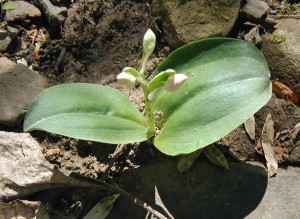
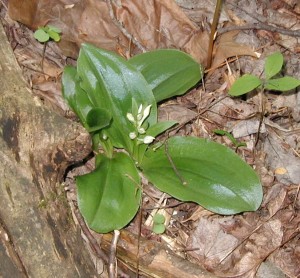
Note a second and third plant hiding to the left and behind of the flowering showy orchis. The blooms appear to be all white at this point.
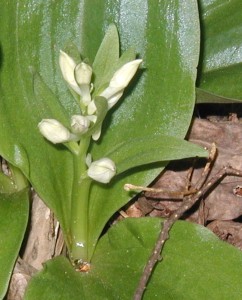
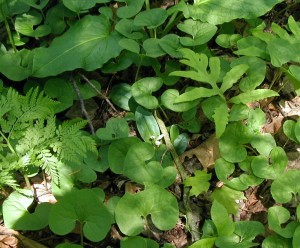
In the center of the photo above a Showy Orchis orchid hides among the wild ginger and ferns near the creek.
These showy orchis weren’t very showy at all. The flowers weren’t open and the pink to magneta color wasn’t there either.
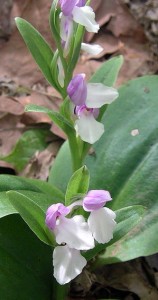
The image above shows a typical bicolor flower of white and pink. The flowers are open and more clearly show their hood and lip shapes.
The Showy Orchis orchid can be found in rich woods and near water, especially creeks and springs that run through woodlands. Look for this flowering orchid during the first two weeks of May or perhaps a little later in more northern or mountainous areas.
![Reblog this post [with Zemanta]](http://img.zemanta.com/reblog_e.png?x-id=0ef586f8-f24c-4a40-b2c3-df357375c3e7)
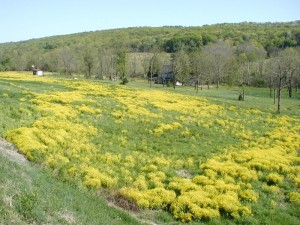
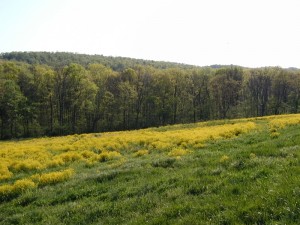
![Reblog this post [with Zemanta]](http://img.zemanta.com/reblog_e.png?x-id=63065afb-8a3e-4582-97cd-f5b4f1bafe8d)


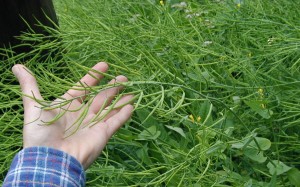
![Reblog this post [with Zemanta]](http://img.zemanta.com/reblog_e.png?x-id=e1875d20-b5a3-49a2-9613-f98a84d0e2c6)
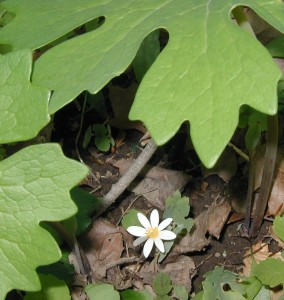

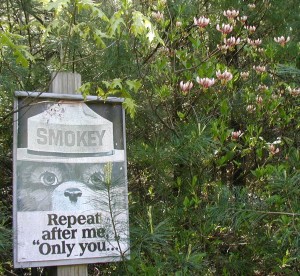
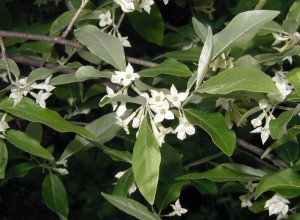
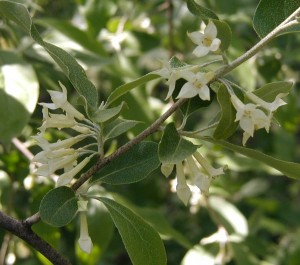
![Reblog this post [with Zemanta]](http://img.zemanta.com/reblog_e.png?x-id=577f6852-5d51-4e6e-b2e9-d6340970ea23)
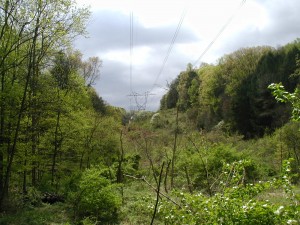
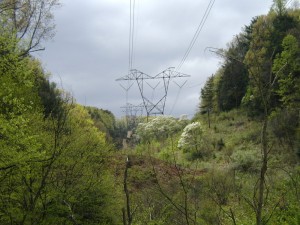
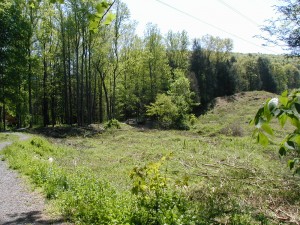
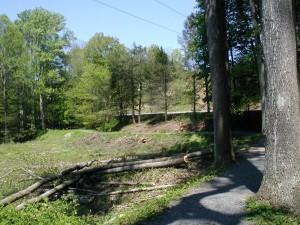
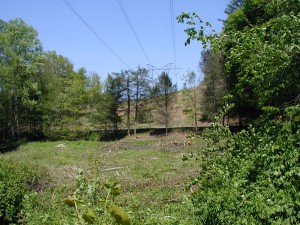
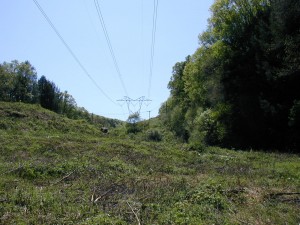
![Reblog this post [with Zemanta]](http://img.zemanta.com/reblog_e.png?x-id=3f5011f5-82d7-4e3c-91e1-79d46130ac10)
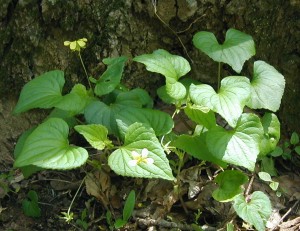
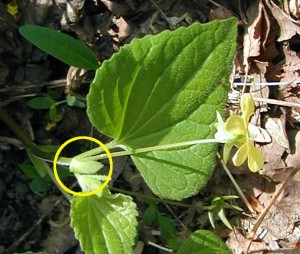
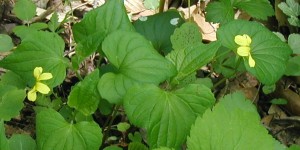
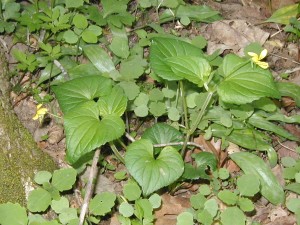
![Reblog this post [with Zemanta]](http://img.zemanta.com/reblog_e.png?x-id=820ba929-6f9e-4687-9d32-c3df1a8540cd)
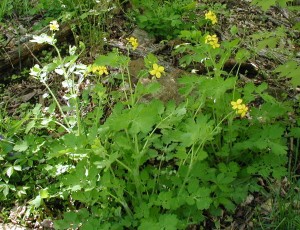
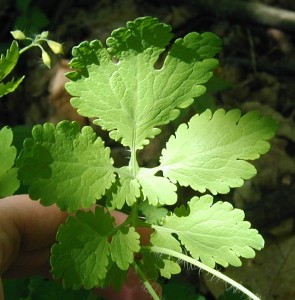

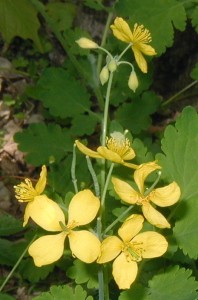
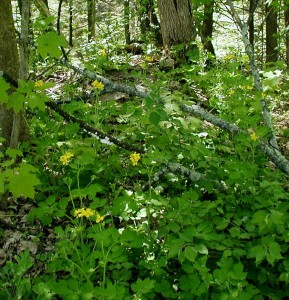
![Reblog this post [with Zemanta]](http://img.zemanta.com/reblog_e.png?x-id=1cae8b73-6203-4291-ae55-8b6bc20630e1)